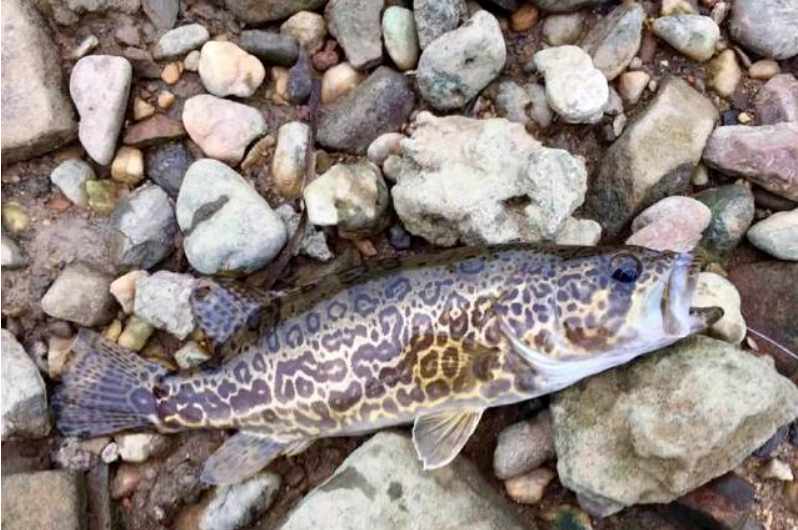As the old Chinese saying goes, “Peach blossoms flow with water, and mandarin fish grow plump.” With the gradual rise of air and water temperatures, the prime season for mandarin fish lure fishing (known as “luya” in Chinese) kicks off every March. While experienced anglers reel in fish effortlessly, beginners often struggle with how to target this species. Today, we’ll share one of the simplest yet most effective rigs: the jig head paired with a curly-tailed grub. Let’s explore how to maximize the efficiency of this basic setup.
When discussing any fishing rig, it’s essential to start with the fish’s habits. In spring, as all living things revive, mandarin fish emerge from their long winter slumber and become more active. Their first move in early spring is to swim from deep waters to shallow areas, seeking suitable environments to spawn. They often gather near the sources of water—especially the rocky areas below dams, which are mandarin fish’s favorite spots. Unlike bass, which use fixed spawning beds, mandarin fish have mobile spawning grounds; they swim with the current while laying eggs. During this period, their predatory drive is also extremely high—you might even catch one fish only to find another following closely behind.

Mandarin fish
Anglers with some experience know that mandarin fish’s pursuit range in spring is far wider than in winter. In clear water, they will dash over to attack prey even from 2 meters away, and “surface strikes” (where the fish attacks the bait as soon as it hits the water) are common. The curly-tailed grub excels here: it not only makes it easy for mandarin fish to strike but also works well for covering water. When hit by the current or as you reel in, its tail wobbles to create turbulence, triggering mandarin fish to attack. However, there’s a catch: in extremely fast-running water, the curly-tailed grub’s turbulence creates too much resistance. This slows its sinking speed (even for the same weight) or prevents it from reaching your target depth. In such cases, switch to a T-tailed soft bait or needle-tailed soft bait to speed up sinking and hit the desired water layer.
Using a curly-tailed grub is straightforward, but pay attention to these details: first, match the grub’s length to the jig head size. The jig head’s length should not exceed half the total length of the curly-tailed grub—too long a jig head will make the grub’s movement unnatural, reducing its ability to attract fish. Second, the jig head’s point should usually face the opposite direction of the grub’s tail tip. This prevents the hook point from getting tangled in the grub.

Reservoir
When choosing the jig head weight, follow these general rules: use a heavier jig head for deep water, running water, or highly active fish; opt for a lighter one for shallow water, still water, or less active fish. In extreme conditions (fast-running water plus deep water), don’t hesitate to experiment with heavier jig heads—your goal is to reach the bottom and feel the bottom structure. If your rig is too light to reach the bottom or detect the structure, your fishing efficiency will drop drastically.
The above tips focus on the curly-tailed grub paired with a jig head. For areas with heavy snagging (like regions with lots of branches), pair the curly-tailed grub with an offset hook and a bullet weight to navigate through the obstacles.